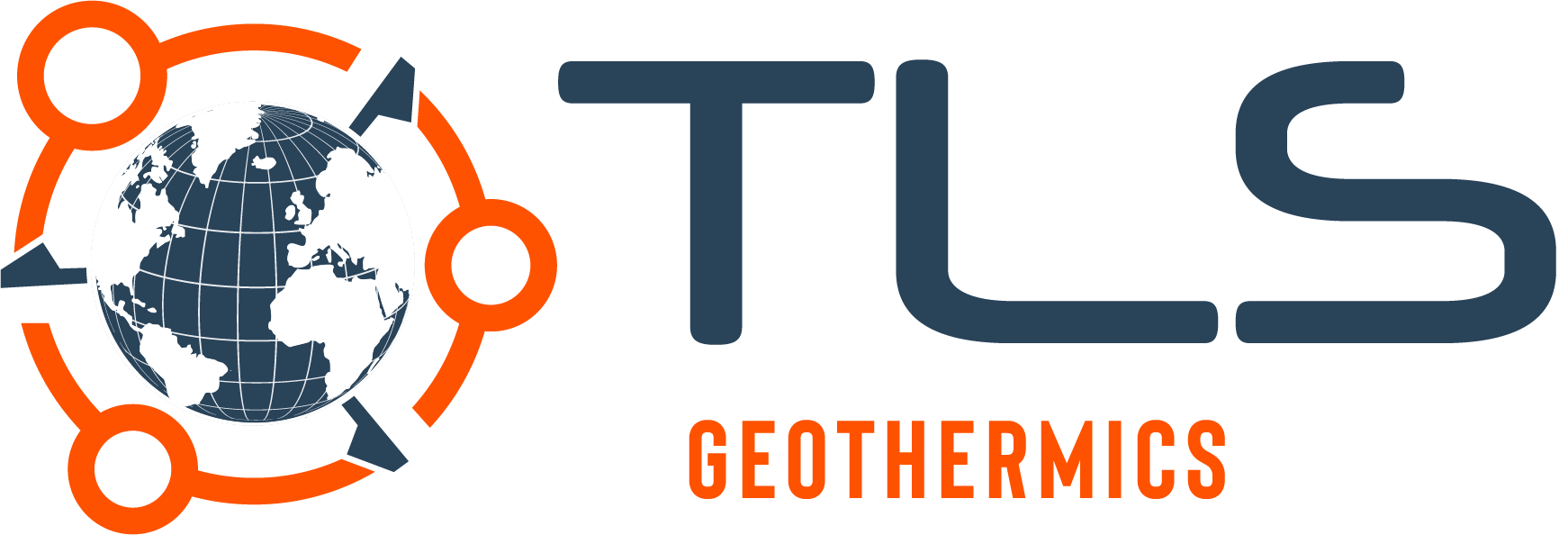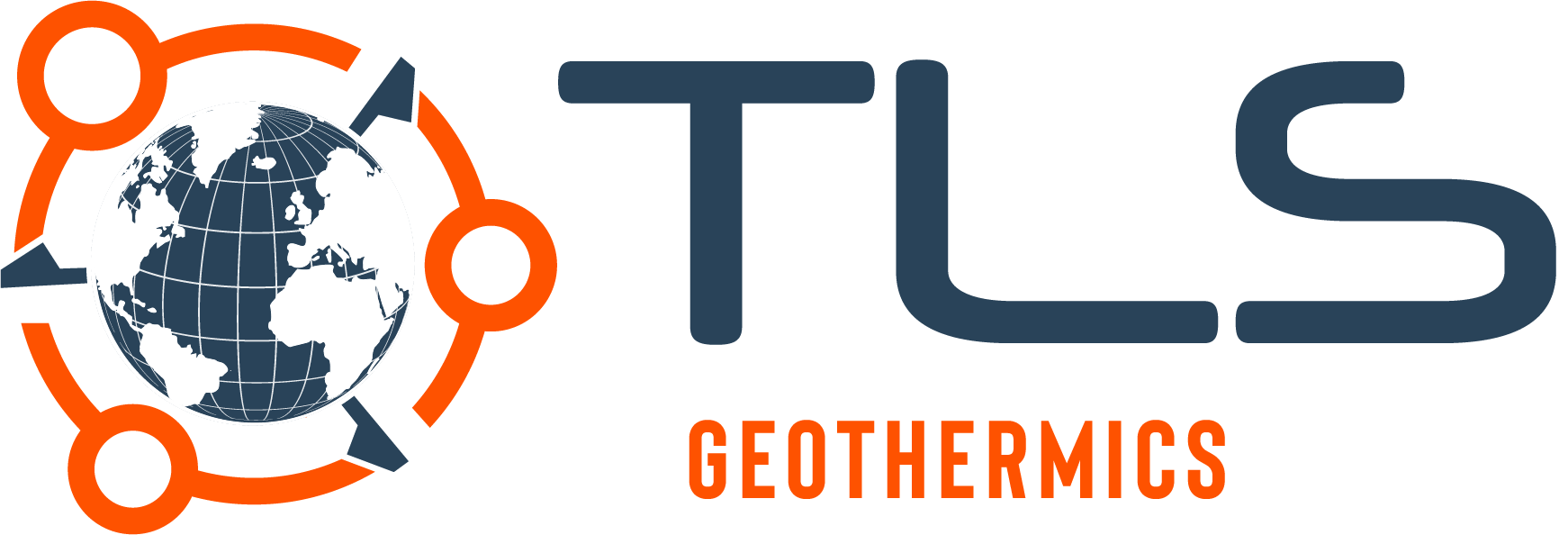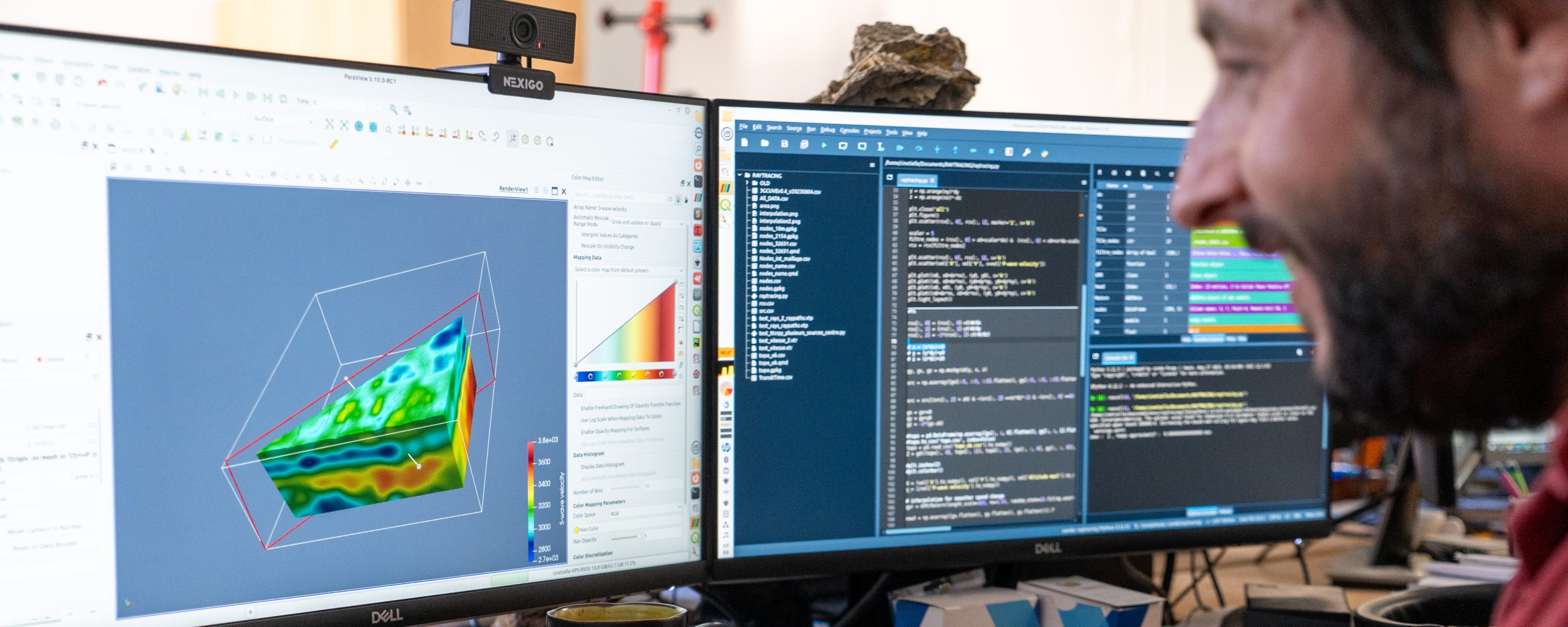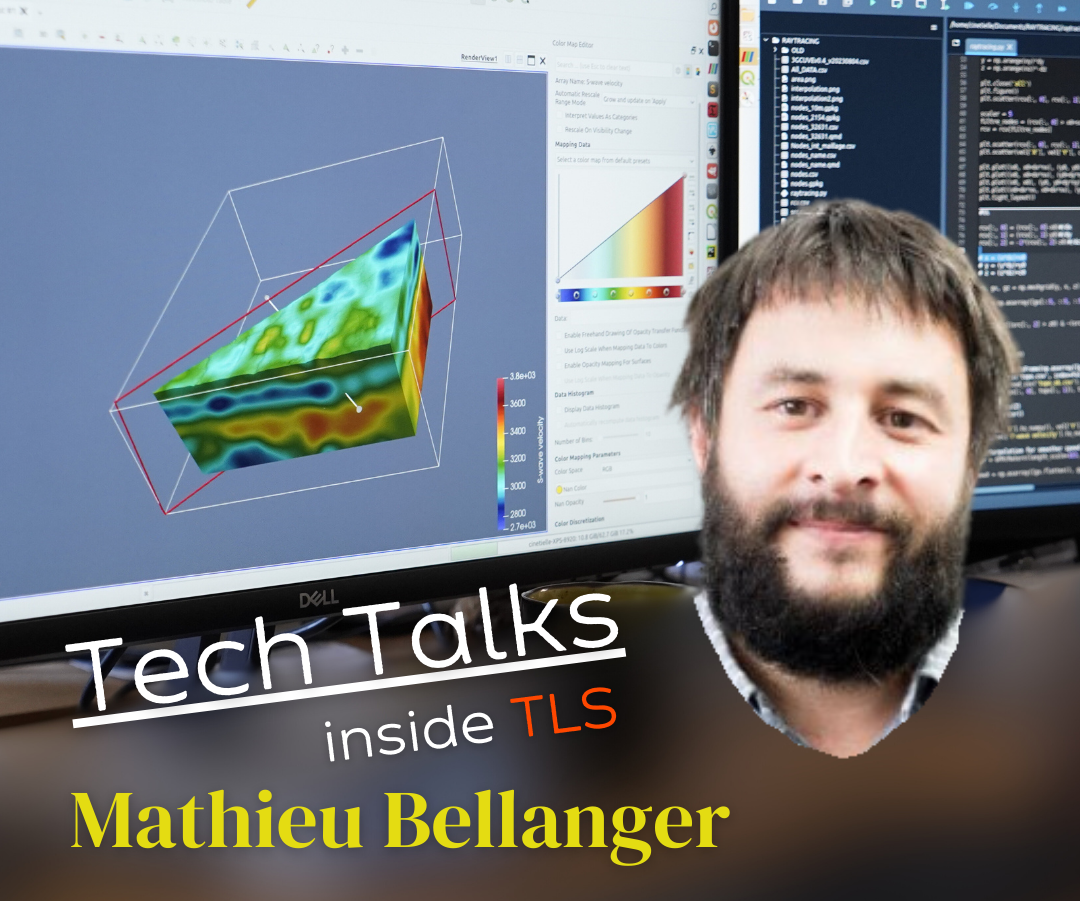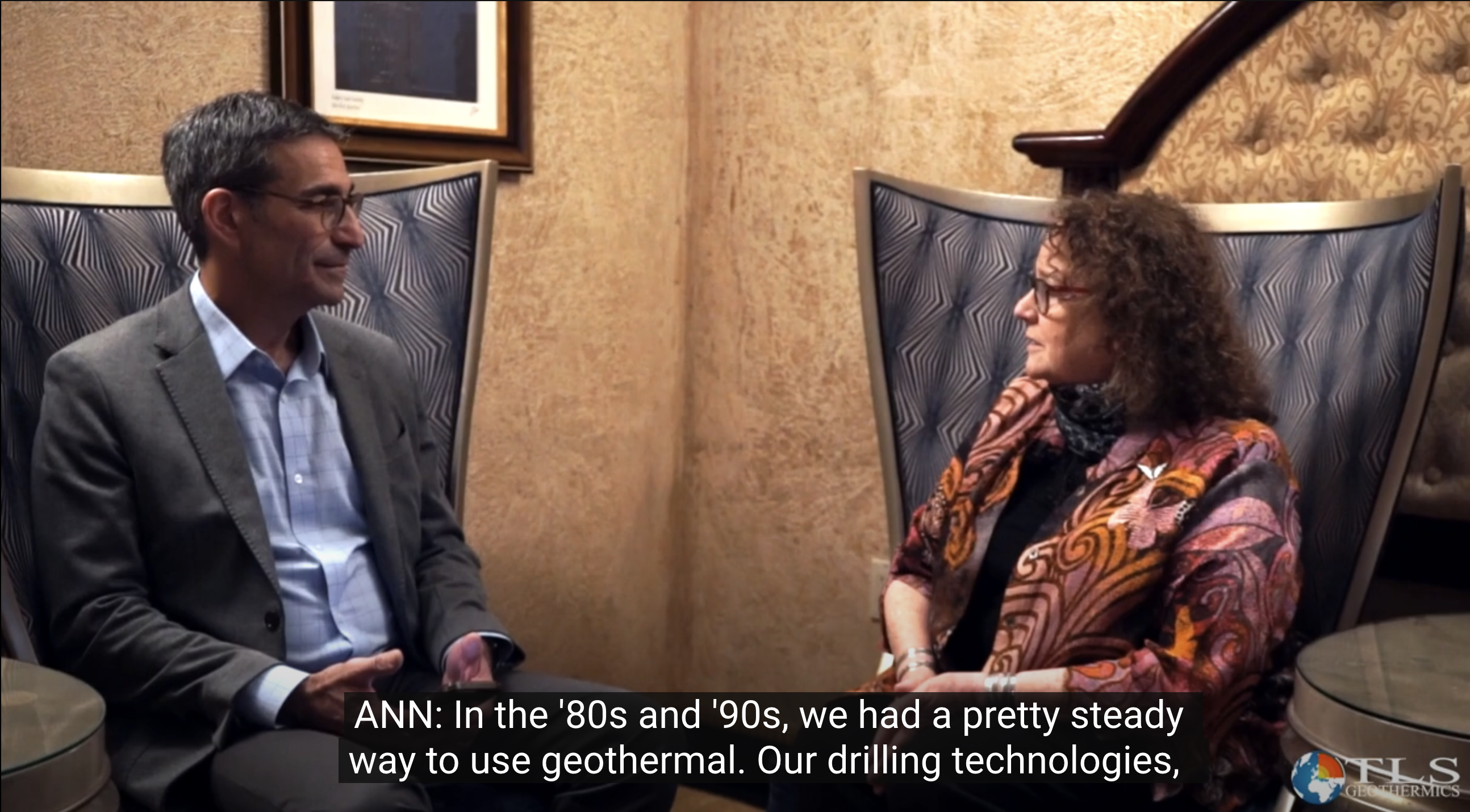“TLS Tech Talks” Podcast Ep. #1.2
Geothermal Technical Insights, French Hydrothermal Explorers, "TLS Tech Talks", behind-the-scenes access to our AI-enhanced exploration tool development.
“TLS Tech Talks” Podcast Ep. #1.1
Secrets of a Next-Gen Geothermal Exploration Company Mathieu Bellanger - Head of R&D at TLS since 2014 Is there anywhere on Earth that hasn't been touched by humans? Tune in to "TLS Tech Talks" for behind-the-scenes access
“Profound People” – Geothermal Leadership EP 1
Ann Robertson-Tait from GeothermEx Inc., a champion in the geothermal arena with a 39-year tenure. Ann's expertise spans resource evaluation, risk mitigation, and pioneering project development. She's been a pivotal force in over a hundred projects across 50 countries, contributing to an impressive 7+GW of clean geothermal power generation.
